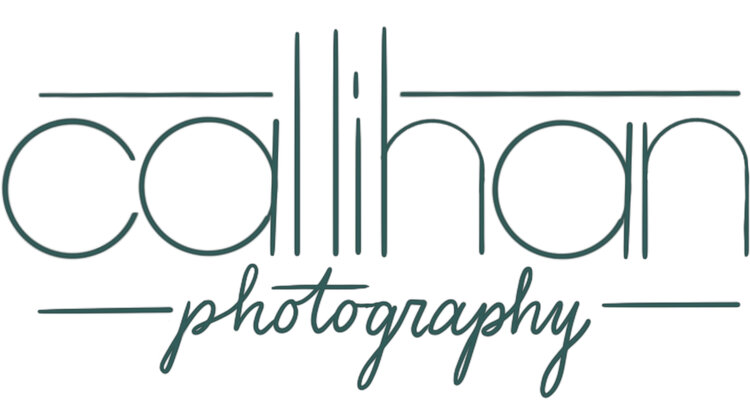Oh man, I understand this sentiment. I am a DIYer myself, and I didn’t understand why photography was so expensive for a long time. Not only that, there is such a large variance between different photographers! Why do some cost more than others? I completely understand the confusion. Let me break down the reasons.
1. Photography is a skill, and everyone is at a different level on this journey to become better.
It takes time to learn photography, and I did not know that going into it. I actually thought that because I draw and paint that taking a photograph is kind of like cheating. (I look back now and laugh). Once I started to learn more about photography and the elements and techniques that go into making a successful photograph, I found that it is not easy at all. Even though I had all this fine art training in composition and color I discovered it was quite difficult to make my vision come to life in a photograph. That is because there is more to it than just elements of design. Your gear plays a role. So does the light, location and model, post processing, and your exposure. Things like white balance play enormous parts into creating a good photograph. When you are first learning you are probably not able to charge as much as Annie Leibovitz. This could account for the wide range of prices among photographers.
2. A Legitimate Business has Expenses.
It costs money to run a business. There are expenses like insurance, photoshop, music subscriptions, website, photography equipment and repair, marketing, gallery delivery and products, contracts, accounting, client experience expenses, continuing education, samples, business cards and other office supplies, transportation, location fees, etc.…! Even though photography has a relatively low overhead compared to other businesses, it still costs money and it adds up.
3. Pricing Structure is personalized to the photographer.
I offer all inclusive pricing because I find it to be the easiest to communicate and there are no surprises. I am upfront and forward about my pricing. Many photographers offer a low sitting fee and then make most of their income on selling prints and products. Some photographers are high volume, which means they bring in many clients.
4. Photographers Pay Taxes
A legitimate business pays their taxes. It is relatively easy to start your own business in this country, but you HAVE to pay taxes. Here in Bartholomew County, Indiana we pay about 20% Federal tax rate, and 15% Self Employment tax, and about 5% State/local tax which is about a 40% tax rate. Usually a business owner can assume that approximately 1/3 of your income goes to taxes, and 1/3 goes to business expenses and 1/3 goes to the owner as actual income. So, if you want to make $50k after taxes then you need to sell about $150K! So be kind to us photographers, what we do has value, and our time and skills are valuable.
5. Quality Photography Takes Time.
We answer inquiries, we write blogs, we spend hours on our website and SEO. We work hard on honing our craft to deliver a quality result. We spend hours editing and shooting, not to mention bookkeeping. These things take time. Most photographers take an average of 13 hours for just a one-hour session. While it is a labor of love, and we as photographers enjoy what we do, our time is valuable.
I hope this sheds some light on why photography is an investment. It really is! We photographers LOVE gushing over your families and taking beautiful and creative photos. I hope you will give us the opportunity to do so and support a small local business.
Thanks for reading!






